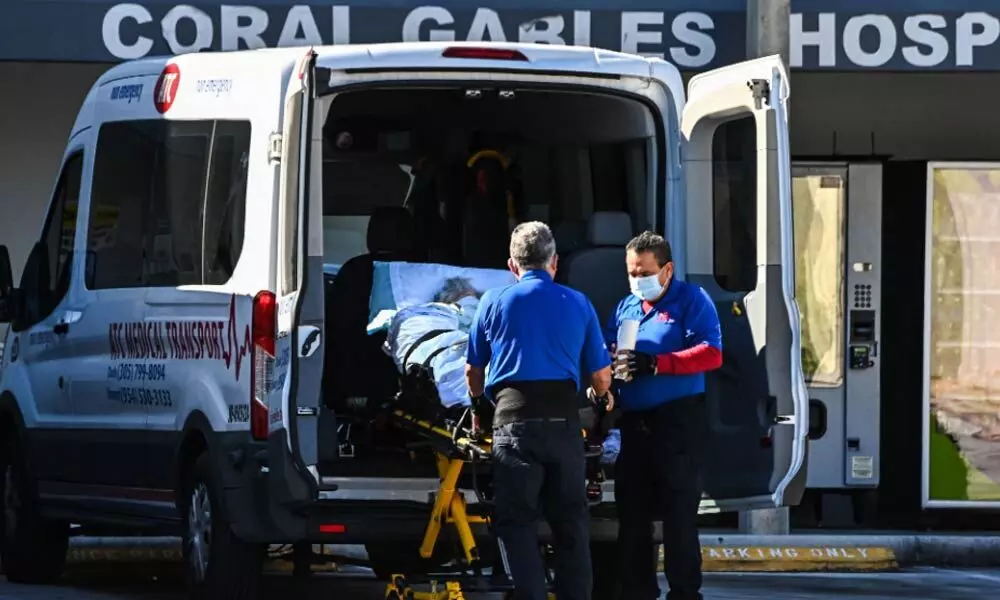Covid's worst should be over by Valentine's Day
People are getting vaccinated, and pretty soon their numbers will be significant enough to have a positive effect on the big picture
image for illustrative purpose

Watching the US Covid-19 data every day, as I tend to do, has been a grim ritual. In my neighborhood, in the places where my friends and family live and across the nation, the cases, hospitalizations and deaths just keep getting worse. So when will there be some relief?
I'm betting on Valentine's Day.
First the bad news. As happened around Thanksgiving, the Christmas holiday has brought a lull in the reporting of cases and deaths (as opposed to hospitalizations, which have steadily increased). So expect a surge of bad news this week and beyond. Assuming more than 200,000 new cases per day, and a mortality rate of 1.5 per cent (an encouraging improvement over the 2 per cent of a few months ago), an average of 3,000 people should die every day over the next month or so, with bad days getting closer to 4,000 deaths.
Now for the good news. People are getting vaccinated, and pretty soon their numbers will be significant enough to have a positive effect on the big picture.
Although it's hard to know exactly how vaccination will proceed, it's reasonable to guess that the number of inoculated people will increase more or less steadily until it reaches about two thirds of the population, or 200 million, at the end of July. As the number rises, it's likely to have a greater-than-linear effect on cases and deaths, for a couple reasons.
First, consider how the virus proliferates: Cases grow exponentially, as each new victim infects more than one other. But if inoculated people can't transmit the virus, the exponential growth will get turned around, as both the base of the exponent (the transmission rate) and the number of infected decline.
Second, the people at greatest risk of dying are getting vaccinated first. So the mortality rate - the number of deaths per case - will also decline, leading to a faster-than-linear decrease in deaths.
Given these trends, the numbers should start going down by mid-February - first cases, then hospitalizations, then deaths. By early June they should be very small.
Cathy O'Neil

